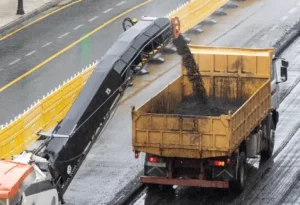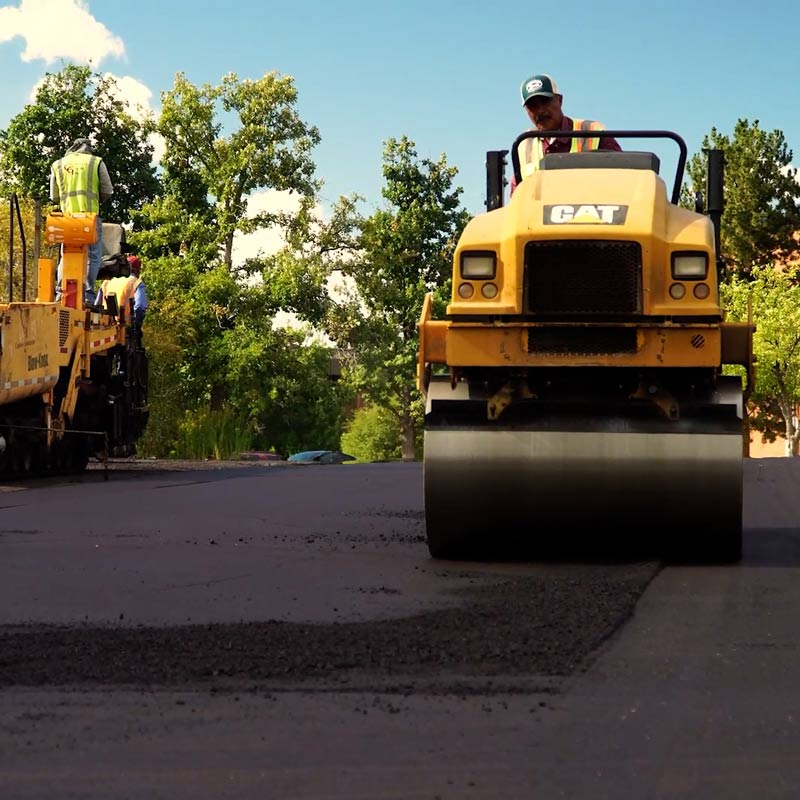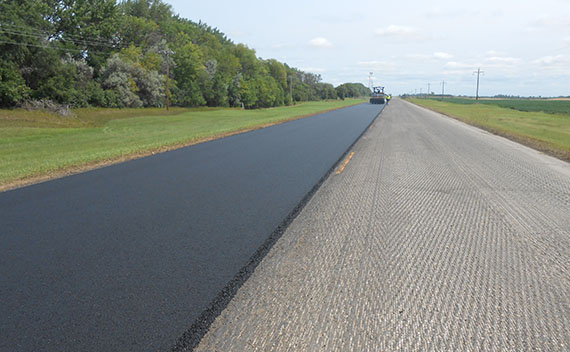7 Machines Used in Paving
Understanding the role of some of the most essential machines used in paving can help shed light on the meticulous process that goes into each paving project. Paving is an intricate and labor-intensive process that requires an array of specialized machinery. These machines not only enhance the efficiency of the paving process but also ensure the quality and durability of the finished surface. From the initial preparation of the ground to the final compaction of the pavement, each phase employs specific equipment designed to handle various tasks. Here, we provide a comprehensive overview of the key machines used during the paving process.
1. Graders
Graders, also known as motor graders, are essential in the initial phase of paving. These machines are equipped with a long blade that can be adjusted to create a flat and even surface. Graders are used to level the ground, remove debris, and create a base layer for the pavement. They ensure that the surface is smooth and ready for subsequent layers of material, thus providing a stable foundation for the paving process.
2. Excavators
Excavators play a crucial role in the preparation phase. These versatile machines are used to dig trenches, remove old pavement, and excavate areas that need to be rebuilt. Excavators come with various attachments, such as buckets, hydraulic hammers, and grapples, making them adaptable to different tasks. Their ability to handle large volumes of material quickly and efficiently makes them indispensable in the paving process.
3. Milling Machines
Milling machines, or cold planers, are used for removing old pavement layers before new asphalt is laid. These machines have a rotating drum fitted with cutting teeth that grind and remove the existing surface. Milling machines are essential for recycling asphalt, as the removed material can be processed and reused in new pavement. The Federal Highway Administration explains the role of the milling machines and their importance in the production of RAP (reclaimed asphalt pavement). The picture below shows a milling machine in the process of pulling up the old asphalt material that will be used as RAP.

4. Sweepers
Sweepers are vital for keeping the work area clean and free of debris. After milling or before laying new asphalt, sweepers are used to remove dust, dirt, and loose material from the surface. This cleaning process is crucial for ensuring proper bonding between the asphalt layers. Sweepers come in various configurations, including mechanical broom sweepers and regenerative air sweepers, each suited for different cleaning tasks.
5. Tack Distributors
Tack distributors are used to apply a thin layer of tack coat, a sticky emulsion, between pavement layers. This layer acts as a bonding agent, ensuring that the new asphalt adheres properly to the existing surface. Tack distributors are equipped with spray bars that evenly distribute the tack coat, providing a consistent and effective bond. This step is crucial for preventing delamination and extending the pavement’s lifespan.
6. Asphalt Pavers
Asphalt pavers are the heart of the paving operation. These machines lay the asphalt material onto the prepared surface. An asphalt paver consists of a hopper, which holds the asphalt, and a screed, which spreads and levels the material. The screed can be adjusted to control the thickness and width of the asphalt layer. Modern pavers are equipped with sensors and automation features that ensure precise and uniform application, resulting in a smooth and consistent pavement.
7. Rollers
Once the asphalt is laid, rollers, also known as compactors, are used to compress and smooth the surface. There are different types of rollers, including steel-wheel rollers, pneumatic-tire rollers, and vibratory rollers. Each type has its specific application and provides varying degrees of compaction. Steel-wheel rollers are ideal for initial compaction, while pneumatic-tire rollers offer better coverage and are used for secondary compaction. Vibratory rollers use vibration to achieve deeper and more effective compaction. The use of rollers ensures that the asphalt is properly compacted, eliminating air voids and increasing the pavement’s durability and lifespan.
The experts at M5 Paving understand that the paving process involves a diverse range of machines, each designed to perform specific tasks efficiently. For quality paving Denver to precision crack sealing throughout Colorado, M5 Paving has the ability and the knowledge that is involved in the paving process from ground preparation to final compaction. They know when to implement each machine to work together to create durable and high-quality pavement surfaces. Understanding the functions and importance of each machine can help in the complexity and precision involved in paving projects. For the best asphalt paving in Colorado contact M5 Paving today!



